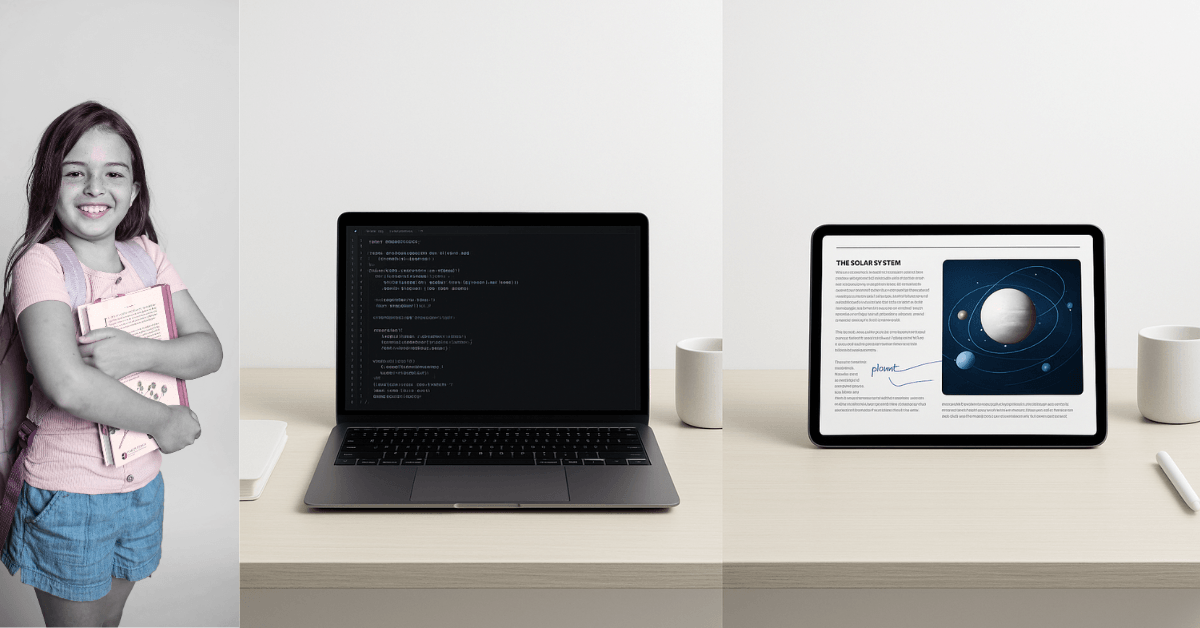Introduction: The Modern Student’s Dilemma
“Sir, should I buy a tablet or a laptop for my child?”
As a tutor, I hear this almost every week. Parents want their children to stay up to date with technology, but the options in 2025 are overwhelming. Tablets are light, portable, and filled with interactive apps. Laptops, on the other hand, are productivity machines—great for typing long assignments, coding, or using AI-powered research tools.
The truth is: there’s no one-size-fits-all answer. The right choice depends on your child’s age, their subjects, and how the device will be used at home or in class. My goal with this article is to cut through the marketing noise and give you the same honest advice I give parents during my tuition sessions.
Also read: 15 Best AI Apps That Make CBSE Studying 10× Easier [By Class & Subject]Understanding the Key Differences
Let me share something that surprised me when I first started comparing these devices for my students: the gap between tablets and laptops has narrowed dramatically, yet the differences that remain are more important than ever.
🖥️ Laptops: Built for Productivity
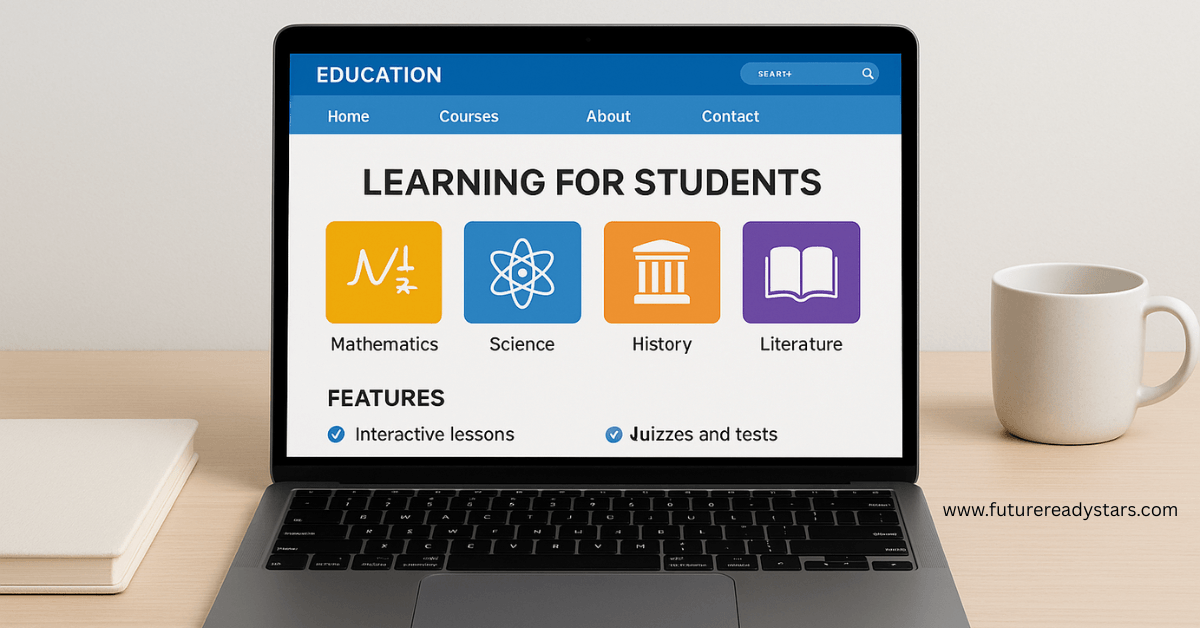
Laptops in 2025 aren’t just portable computers—they’re productivity powerhouses. When Sarah, one of my high school students, switched from a tablet to a laptop for her Computer Science class, she told me, “It’s like going from riding a bike to driving a car. Sure, both get you there, but one makes the journey so much easier.”
Here’s what makes laptops stand out:
- ✅ Handles heavy tasks (coding, video editing, simulations)
- ✅ Full desktop OS → no app limitations
- ✅ Comfortable typing with physical keyboards
- ✅ Multiple windows → smoother research workflow
- ✅ Long-term storage & file organization
🔥 Trending Features Parents Are Searching For (2025):
- AI-powered study assistants
- Eye-strain reduction technology
- Parental control dashboards
- Digital wellness tracking
- Voice-to-text capabilities
- Screen time analytics
- Offline learning modes
Also read: Best AI Subscription Plans for Students 2025: ChatGPT, Claude, Gemini, Perplexity & Grok Compared📱 Tablets: Made for Simplicity & Portability
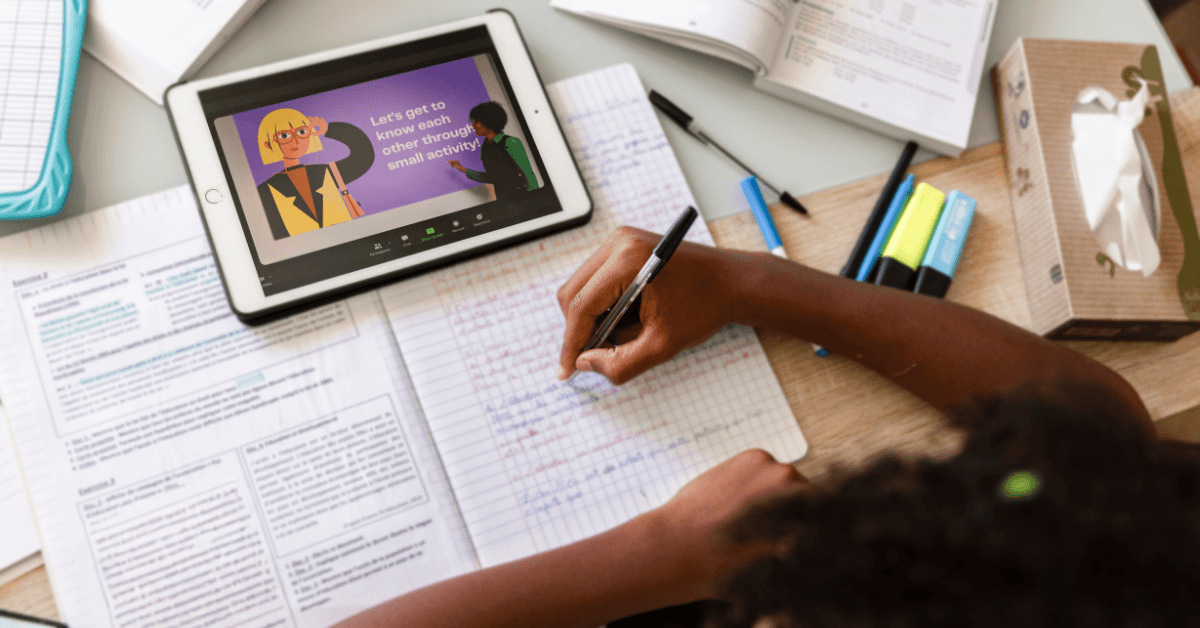
But here’s where it gets interesting. Modern tablets, especially with accessories, have become incredibly capable. I recently worked with a middle school student who created an entire science fair presentation—including hand-drawn diagrams, video interviews, and interactive charts—entirely on her tablet.
Tablets excel at:
- ✅ Perfect for reading & annotating PDFs
- ✅ Natural note-taking with stylus/digital ink
- ✅ Lightweight & portable (fits in school bags easily)
- ✅ Battery lasts through school + homework
- ✅ Instant-on → no boot-up delay
- ✅ Intuitive touch interface for creativity
Also read: ChatGPT-5 Study Mode vs Claude Learning Mode: I Tested Both for 30 Days (Honest Results)💡 The Overlap: 2-in-1s & Hybrids
- Devices like iPad + keyboard, Microsoft Surface Go, or Chromebooks offer the best of both worlds:
- Touch for creativity 🎨
- Keyboard for productivity ⌨️
- Great choice for families who want flexibility without buying two separate devices.
| Feature | Laptops (e.g., Dell 14 Plus, Microsoft Surface Laptop 7, MacBook Air M4) | Tablets (e.g., Asus ProArt PZ13, iPad Pro) |
| Ergonomics & Practicality | ✅ Superior – Built-in keyboard/trackpad ideal for essays, coding, research” | ✓ Good – Great for notes, sketching, reading. Detachable keyboards available but less comfortable |
| AI Performance & Power | ✅ Excellent – Handles complex AI models, LLMs, creative suites with AI PCs and M-series chips | ✓ Good – Runs AI educational apps but limited for intensive 3D rendering or data analysis |
| Portability & Versatility | ✓ Good – Lightweight models easy to carry but still two-piece design | ✅ Superior – Compact, touchscreen, perfect for on-the-go learning, switches from device to notebook |
| Durability & Longevity | ✅ Excellent – More robust, built to last, powerful processors stay relevant longer | ⚠️ Moderate – Large screens vulnerable to drops, less forgiving than clamshell design |
| Cost | ₹35,000–₹60,000 ($420–720) | Starting under ₹18,000 ($200) |
The Practical Guide to Choosing a Device
After years of helping families make this decision, I’ve developed what I call the “Student Profile Method.” It’s not about the device—it’s about your student.
For Elementary Students (Ages 6-11)
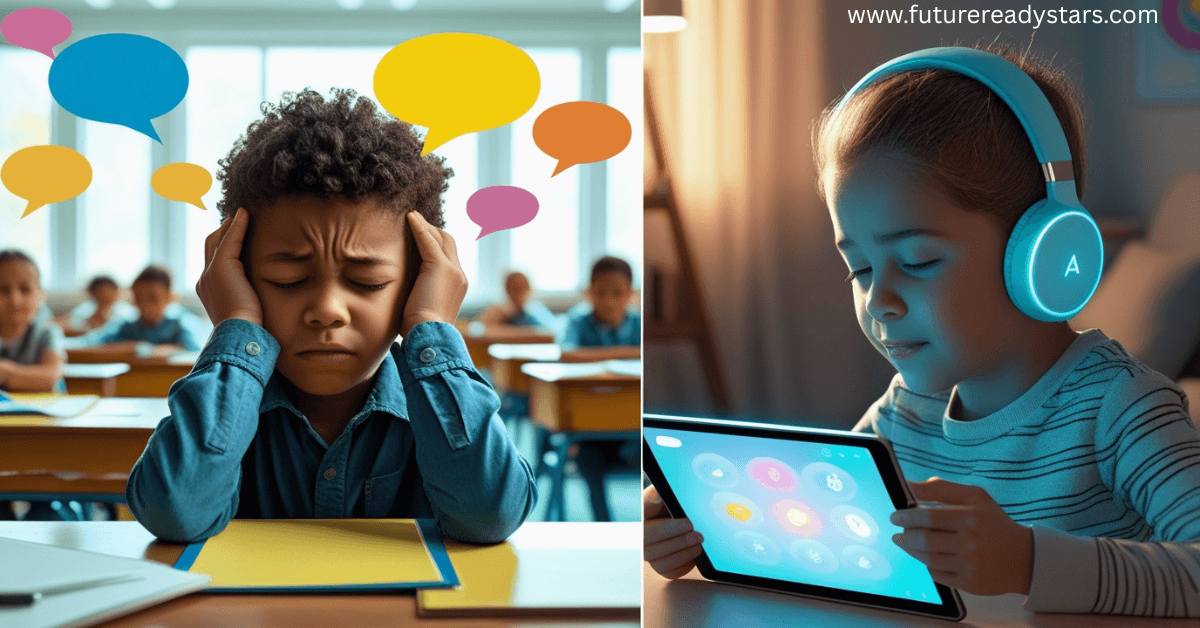
At this age, learning should feel like play. Tablets win here, hands down. The touch interface matches how young minds work—direct, intuitive, and engaging. My youngest tutoring students light up when they can physically move numbers around to solve math problems or trace letters with their fingers.
Consider a tablet if your elementary student:
- Is still developing typing skills
- Learns best through interactive, visual content
- Needs something durable and simple
- Will primarily consume educational content rather than create complex projects
For Middle School Students (Ages 12-14)
This is where things get interesting. Middle schoolers are transitioning from consumers to creators. They’re writing longer essays, starting research projects, and maybe even exploring coding or digital art.
I usually recommend starting with a tablet plus keyboard combo at this stage. Why? It offers flexibility. When Maya, a 7th grader I tutor, needs to write an essay, she attaches her keyboard. When she’s reading or sketching ideas for her science project, she detaches it. Best of both worlds.
For High School Students (Ages 15-18)
By high school, the laptop argument becomes stronger. These students are preparing for college-level work. They’re juggling multiple browser tabs for research, writing 10-page papers, possibly coding, editing videos for projects, or running specialized software for advanced courses.
That said, I’ve seen artistic students thrive with high-end tablets. One of my students, destined for art school, does everything on his tablet—from digital paintings to essay writing. The key is knowing your student’s path.
The Subject-Specific Breakdown
Through my tutoring experience across India’s diverse educational landscape, I’ve noticed clear patterns:
STEM (Maths, Physics, Coding, JEE/NEET Prep): Laptops excel at running software like Python, MATLAB, AutoCAD. Tablets help visualize 3D molecules or physics simulations.
Humanities & Languages: Either device works. Laptops make long essays easier; tablets make annotations & multilingual learning smooth.
Creative Fields (Art, Music, Video): Tablets dominate → sketching Indian art forms, composing music, editing videos feels natural on touch screens.
Also read: Google AI Pro Free for Students 2025: Get $240 Worth of AI ToolsBeyond the Device: How to Use Them In a Good Manner
Here’s something we don’t talk about enough: the device you choose is less important than how it’s used. I’ve seen students with top-tier laptops use them exclusively for YouTube, and others transform basic tablets into learning laboratories.
- Create a “study-only” profile → Only keep apps and bookmarks related to learning. No distractions.
- Set screen time boundaries → For younger kids, 20–30 mins per session. Older students, 45–60 mins with breaks.
- Balance online & offline → Digital learning is powerful, but nothing replaces pen-paper practice and face-to-face discussion.
- Introduce AI responsibly → Tools like ChatGPT or Notion AI can summarize lessons or generate practice questions, but teach children not to copy-paste answers blindly.
- Ergonomics matter → A small stand or keyboard cover makes tablets healthier to use; laptops should always be on a desk, not on laps.
More Than Just a Gadget
I want to share something personal. Last month, one of my long-time students, Ananya, sent me her IIT-JEE results. She had cracked it with an impressive rank. She thanked me for tutoring, but what struck me was her next comment: “Remember when you helped me see my laptop as my study companion during those late-night JEE prep sessions, not just another distraction? That changed everything.”
This is the mindset shift our students need. These devices aren’t just expensive gadgets that parents worry about or digital distractions from board exam preparation. They’re gateways to knowledge, tools for creation, and bridges to collaboration.
Making the Decision: A Parent’s Checklist
After all this, you might still wonder, “But what should I actually buy?” Here’s my practical checklist:
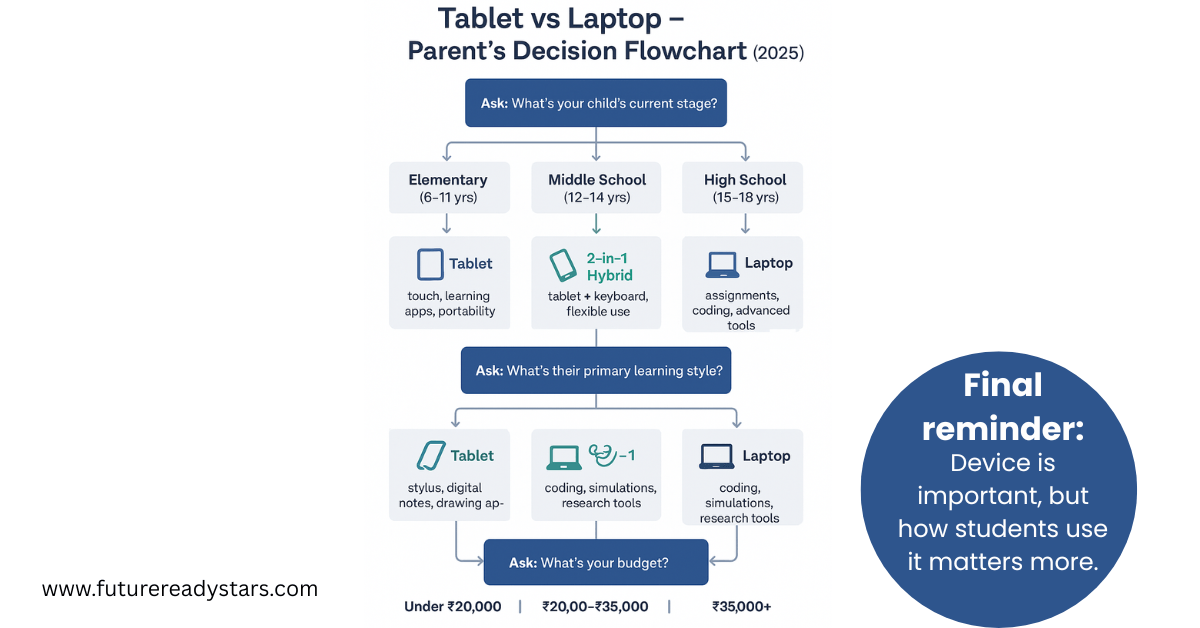
Choose a laptop if:
- Your student is in high school or heading there soon
- They need specialized software for their courses
- They’re doing heavy typing or coding
- Budget allows for only one device that needs to last 4+ years
- They prefer traditional study methods with digital enhancement
Choose a Tablet if:
- Your student is in elementary or early middle school
- They’re artistic or highly visual learners
- Portability and battery life are top priorities
- You can supplement with a family computer when needed
- They struggle with traditional note-taking methods
Consider Both if:
- Your budget allows
- Your student has diverse needs across different subjects
- You have multiple children who can share devices
- Your student is highly responsible with technology
Final Tutor’s Note
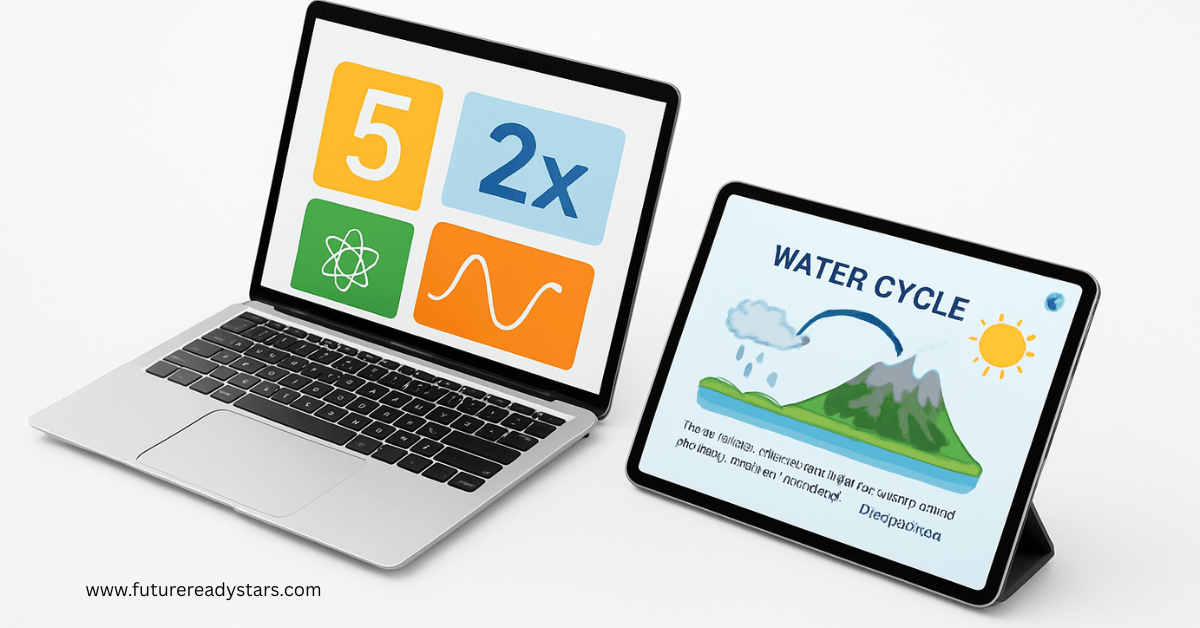
If your child is in school today, they’re growing up in an AI-powered learning era. Choosing between a tablet and a laptop isn’t just about budget — it’s about preparing them for a future where technology will be part of every profession.
📌 My simple advice:
- Start light (tablet) for younger students.
- Upgrade to versatile (2-in-1) for middle school.
- Invest in powerful (laptop) for high school and beyond.
And most importantly, don’t let the device do the learning for your child. Guide them, sit with them, and teach them to use AI and technology wisely. That’s the real investment in their future.
Also Read: Best AI Tools for CBSE Students to Solve Math Problems (2025): Free & Paid OptionsFAQs (For Parents Searching in 2025)
For younger students, a tablet is best for interactive learning. High schoolers benefit more from laptops for assignments, coding, and AI-powered research.
Yes. Tablets start under ₹18,000 ($200), while laptops cost ₹35,000–₹60,000. But laptops last longer and support more advanced tasks.
If your child is in primary/middle school, tablets are usually enough. For high school (Class 9–12) and board exam prep, laptops are a better long-term investment.
Both work well. Tablets are easier for younger kids because of the touch screen. Laptops are better for older students who need to write essays, switch between multiple apps, and attend long Zoom/Google Meet classes.
Yes. Most modern tablets (iPad, Samsung Tab, Lenovo) run AI note-taking, doubt-solving, and practice apps. But heavy AI tools (coding copilots, AI design apps, advanced simulations) work better on laptops.
If you’re still unsure, drop a comment below with your child’s grade and subjects — I’ll help you decide personally. You can also explore more detailed guides on my website FutureReadyStars.com for tailored advice on AI tools, study strategies, and device selection

